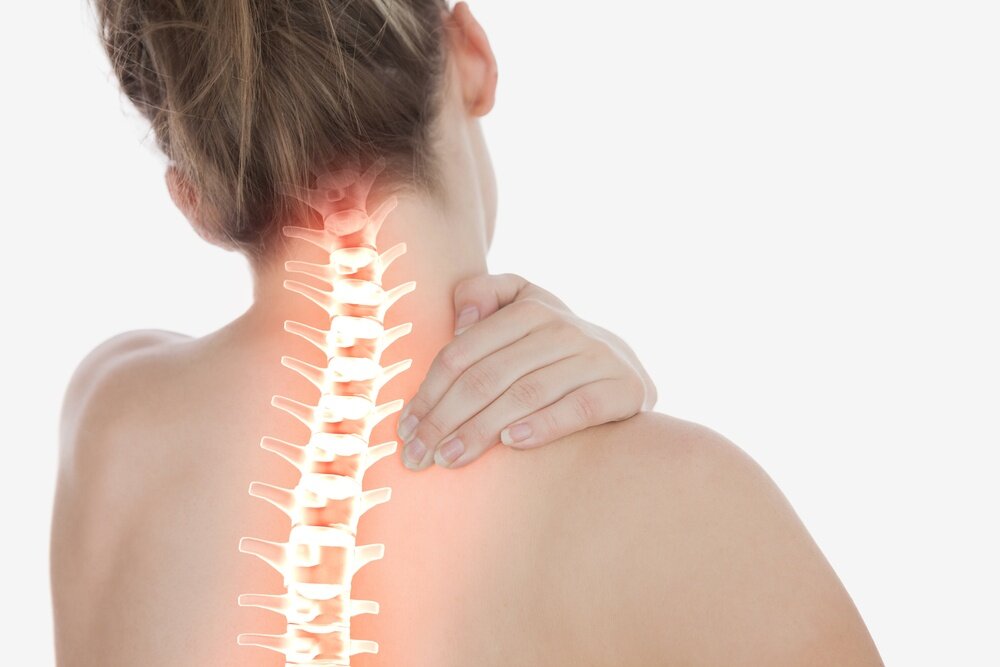Laser Spine Surgery FAQ
Laser spine surgery is an excellent choice for patients suffering from a variety of spinal conditions. This form of minimally invasive surgery provides an alternative to regular surgical procedures when other treatment methods have not produced the desired results. Laser techniques offer faster recovery times with fewer complications.
WHAT IS LASER SPINE SURGERY?
Laser surgery uses light beams to create incisions (or cuts) instead of surgical instruments. Laser stands for Light Amplification by the Stimulated Emission of Radiation.
Patients with chronic pain conditions, where fusion is not the recommended treatment, are often good candidates for laser surgery. In cases where multiple incisions may be required or multiple vertebrae are affected, laser may not be the right choice for treatment.
Regular spinal surgery involves incisions made by scalpels or other surgical tools. The muscle tissues must be moved away from the spine to access the problem areas. Laser surgery eliminates multiple large incisions and the need to manipulate or move surrounding tissue.
Which spinal conditions are treated with laser surgery?
Many conditions benefit from laser surgery including spinal and foraminal stenosis, sciatica, facet joint disease, bulging or herniated discs, pinched nerves and scar tissue formation. In the neck, laser surgery can be used to treat bulges or tears in the cervical discs, herniated discs and brachial neuritis.
Laser surgery can also be used for artificial disc replacement. Replacing the disc, instead of fusing it, allows the segment to maintain flexibility through a minimally invasive, outpatient procedure. Fusion removes the motion, which can place more stress and wear on adjacent discs. Cervical disc replacement is normally used on the C3 to C7 discs.
Removal of growths (or spinal bone spurs) and disc decompression will reduce the pressure on spinal areas and on the surrounding nerves and tissues. These laser techniques can be utilized along the spine, including the upper to mid-back (or thoracic region). In the lower back (or lumbar spine), laser surgery can benefit conditions including tears, bulges or hernias in discs as well as radiculitis and radiculopathy.
A shorter, less painful recovery
Doctors at AASC have designed a special minimally invasive approach to performing laser spine surgery that is designed to minimize damages to the surrounding tissues. This technique eliminates the need for our surgeons to cut through muscles and ligaments. This reduces the pain and amount of time spent during post-surgery recovery.
Have an MRI ready to go?
If you are experiencing problems in your cervical, thoracic or lumbar spinal areas that are not responding to conventional treatments, you should consider consulting the AASC team of world-renowned spine experts.
WHO QUALIFIES FOR LASER SPINE SURGERY?
If conservative methods like physical therapy, steroid injections or pain medications have failed to alleviate pain due to a long list of spinal conditions treated at AASC, you may qualify for laser spine surgery.
What are the advantages of laser spine surgery?
Laser surgery offers many benefits to patients, including:
Minimally invasive techniques
Typically performed as an outpatient procedure
Quicker, at-home recovery
No hospital stay = no extensive and costly hospital bills
Laser technology preserves spine mobility: no screws or rods are placed in the spinal column
Less blood loss and reduced risks of infection
Small one-inch incisions
Completed using local anesthesia to allow for quicker recovery and reduced anesthesia risks
Less pain experienced during recovery process
Common spine procedures updated with laser technology
Endoscopic discectomy is a type of laminectomy that uses laser technology to achieve results. This technique is useful in removing damaged disc materials in the lower back and neck. With endoscopic treatment, no muscle damage or bone loss occurs. X-ray imaging and video is used to guide a probe into disc areas.
A small tube is inserted into the spinal column for imaging and surgery, thus eliminating the need to cut muscles and tissue. Portions of herniated discs can be removed and small bulges or tears can be repaired with laser treatments. The laser removes the materials and strengthens the disc to eliminate leaky materials that can aggravate surrounding nerves.
Other procedures that can be performed via laser technology include:
Percutaneous cervical disc nucleoplasty
Percutaneous laser discoplasty
Facet ablation (rhizotomy)
Percutaneous cervical disc nucleoplasty is another option to relieve a herniated disc. In this procedure, a small tube is inserted into the damaged disc to allow a probe to dissolve excess material. Only a limited amount is removed, allowing the hernia to retract and the spine to remain stable while reducing the pressure inside the disc.
Percutaneous laser discoplasty uses laser pulses to heat the herniated disc area and shrink the outer walls. This relieves the hernia and pressure on the disc, allowing it to return to its proper function. This laser procedure also uses a thin tube to direct the light to the area being treated.
Facet ablation, or rhizotomy, is a technique that uses a laser to remove damaged nerves that are sending pain signals. Candidates for this type of procedure do need to go through a thorough evaluation process to determine if rhizotomy is the correct solution.
Take the next step towards eliminating pain
Talk with a spine specialist, call us today at 407.332.9871


